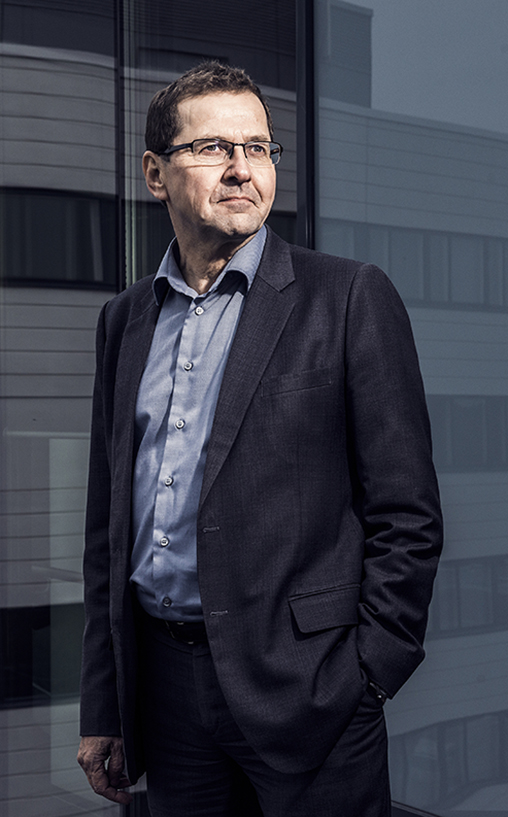In recent years, our focus at Fingrid has been less on wind power and more on managing fault situations in a heavy import situation. Our reserve power plants have been utilised many times. We’ve invested in improving the availability of cross-border transmission connections, and the results can already been seen as shorter fault durations.
Now the situation has changed. Domestic wind power production exceeded 1,000 megawatts for the first time on 27 August, during the Rauli storm. A day before the storm, wind production temporarily dropped to nearly zero. The amount of wind power is now growing fast and will soon reach the 2,000 megawatt level. In the future, Main Grid Control Centre operators will look more carefully at wind power graphs and forecasts. The need to balance rapid changes in wind power will increase and there will be more demand for adjustable capacity. Unfortunately, adjustable domestic capacity has simultaneously been phased out of the market, but fortunately the balancing power and reserve markets now have more consumption.
The Finnish electricity system is part of the Nordic power system. Any change in the Nordic production structure has a direct impact on us. We have identified the central challenges to the Nordic power system as adequacy of generation capacity, system flexibility, and kinetic energy adequacy. There are no simple solutions to these challenges, but Nordic transmission system operators are bringing their proposals to the discussion and implementing many improvements at the same time.
The opening of common Nordic Regional Security Coordinator (RSC) office in Copenhagen next year will ensure the accuracy of the transmission capacities provided to the market as well as system security. The Nordic Automatic Frequency Restoration Reserve (aFRR) market, which is in the implementation phase, improves frequency quality. In my opinion, Nordic cooperation, which has occasionally been described as sluggish, is now working very well.
Blogger: Reima Päivinen, Fingrid’s Senior Vice President, Power System Operation






